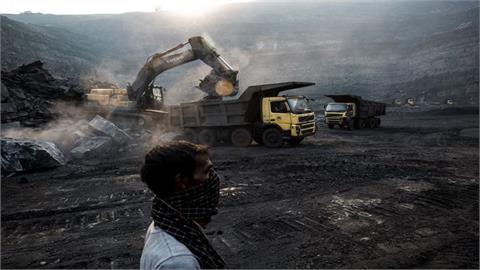Below-normal temperatures from the Great Plains through the East Coast this week will give way to more seasonal readings Feb. 7 through Feb. 17, said Commodity Weather Group LLC. A surplus of gas in storage compared with year-earlier levels jumped to 15 percent in the week ended Jan. 23, the most since August 2012, government data show.
"The market is not sure how long this cold weather and snow is going to stick around; they have been disappointed before,” said Tom Saal, senior vice president of energy trading at FCStone Latin America LLC in Miami. "So far this season, we haven’t seen any sustained cold weather.”
Natural gas for March delivery fell 1.1 cents, or 0.4 percent, to $2.68 per million British thermal units on the New York Mercantile Exchange, the lowest settlement since Aug. 29, 2012. Volume for all futures traded was 28 percent below the 100-day average at 2:51 p.m. Prices are down 31 percent since the start of the heating-demand season in November.
March $2.40 puts were the most active options in electronic trading. They fell 0.8 cent to 4.3 cents on volume of 292 contracts as of 2:52 p.m.
Gas futures rebounded from steeper declines after a midday update from the government’s Global Forecast System showed lower temperatures.
"So the Great Lakes and the Northeast are still looking cold, but now the rest of the Midwest and also the South and the mid-Atlantic could see a few very cold days around the middle of the month,” said Jim Southard, meteorologist with Frontier Weather in Tulsa, Oklahoma.
The low temperature in Chicago on Feb. 11 may be 27 degrees Fahrenheit (minus 3 Celsius), 6 above normal, before dropping three days later to 10, according to AccuWeather Inc.’s website. About 49 percent of U.S. households use gas for heating, Energy Information Administration data show.
"The new GFS is a lot more widespread with the cold and has most areas from the Mississippi River eastward” with temperatures falling to 15 degrees below normal or more, Southard said.
Withdrawals of gas from storage caverns have trailed the five-year average by 15 percent since the end of October. Stockpiles totaled 2.543 trillion cubic feet on Jan. 23, narrowing a deficit to the average to 3 percent from a record 55 percent last March, EIA data show.
Stockpile Outlook
Inventories probably fell by 123 billion cubic feet in the week ended Jan. 30, Tim Evans, an energy analyst at Citi Futures Perspective in New York, said in a note to clients Monday. The five-year average for the period is a withdrawal of 165 billion. Supplies dropped by 259 billion the same time last year.
Marketed gas production will rise to a record in 2015 for the fifth consecutive year to average 76.75 billion cubic feet a day, the EIA said in its Jan. 13 Short-Term Energy Outlook. Gains are driven by new wells coming online at shale deposits such as the Marcellus in the East, the government said.
Money managers tripled net-short positions for four benchmark contracts to 38,329 futures equivalents in the week ended Jan. 27, the most since November 2011, U.S. Commodity Futures Trading Commission data show.
The gas market over the past three years has turned into a
"bulletproof bear,” Drew Wozniak, vice president of market
research at United-ICAP, a brokerage in Jersey City, New Jersey,
said in a report to clients. "Any demand thrown at it is
quickly absorbed and thrown to the curb.”
(Bloomberg, Feb. 02, 2015)



